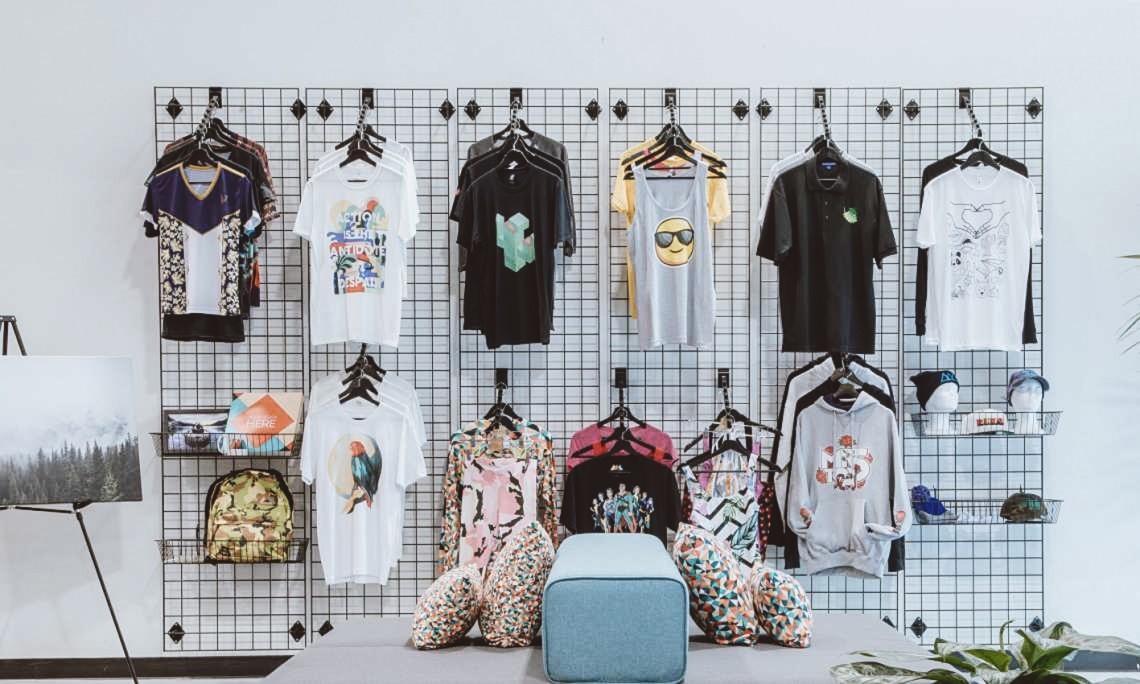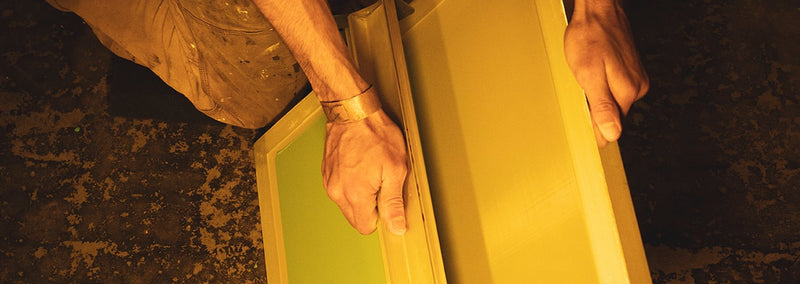An Unbiased View of Tx Tees
An Unbiased View of Tx Tees
Blog Article
10 Easy Facts About Tx Tees Described
Table of ContentsThe Best Strategy To Use For Tx Tees9 Simple Techniques For Tx TeesOur Tx Tees PDFsSome Known Incorrect Statements About Tx Tees Tx Tees Fundamentals ExplainedThings about Tx TeesSome Known Details About Tx Tees
Include up various other prices, like the number of utilities it takes to run the shop and the expense of ink and solution per design. Take the print listed below.The emulsion must only be a couple of cents given that you 'd only need to coat one screen for this task. How much should you charge per t-shirt to make an earnings? Normally, printers try to make up to 45% profit on a print job. Below's a table to help you determine that: complete expense per item percent of desired revenue as a decimal (instance:.25 or.45) revenue made per item per task Now allowed's speak about the success of DTF.

With DTF, you can print a handful of t-shirts, or just one. Both display printing and DTF have their specific niches in the world.
Excitement About Tx Tees
The most effective way to know? Ask around and see what printing shop like your own are doing. custom screen printing. Try both out and see which you like far better
When you're choosing what kind of printing technique to make use of for printing your artwork styles on your garments, it is very important that you understand the differences between these two methods so you can make the most of results while lessening prices. Display printing is one of the most commonly utilized method for printing styles on fabrics.
DTG printing is also referred to as place or direct to garment printing since it prints only what is needed rather than making a display as display printers do. https://canvas.instructure.com/eportfolios/2821438/Home/Get_Creative_with_TX_Tees_Your_Ultimate_Screen_Printing_Shop. Screen printing works by display filler squeegee screen printing ink display mesh screen, after that moving the picture to garment using warmth and/or pressure
The DTG printer uses unique dye-sublimation inks that are applied right into a pre-designed image by an electronic printing system. The inks end up being part of the material, allowing for dynamic shades and exceptional information. It's also called area or straight to garment printing because it publishes just what is needed as opposed to making a screen as display printers do.
The Ultimate Guide To Tx Tees
First, it's much faster - you can print a fullcolor photo in minutes, rather than hours for display printing. Second, there's no established up time or prices included - you can publish any kind of design you like, without having to produce a display first. Third, there's no waste - due to the fact that display printers screen print one layout at a time, they have to screen each shade independently.
The paper is really costly and can just be used as soon as. Once it's published on, it needs to be discarded. - The first purchase price is lower than the upfront investment of DTG printers- You can publish multi-color layouts one display at once rather than having to print each color separately like DTG printing.

What Does Tx Tees Do?
Rather of using display mesh as display printers do, dye sublimation printers utilize laser modern technology to transfer your photos onto garments or paper. A heat process moves the color from its solid-state directly into the gas stage which in turn merges it onto textile substrates when they are swiftly heated the original source up to high temperature levels under high stress.
Sublimation printing is environment-friendly. It uses less water than screenprinting, and since it does not include using unsafe solvents, it's safe for all kinds of garments. The color sublimation inks are likewise unsmelling when cured, unlike screen printers that utilize harmful chemicals during the display printing procedure that leave an undesirable smell.
They also save money on expensive devices like exposure systems given that color sublimation printers do not require a UV exposure system or a flash remedy stove that is commonly made use of in display printing (screen printing shop). What is straight to garment printing (DTG Printing)? DTG printing is an electronic screenprinting process that prints directly onto material utilizing specialized inkjet printers
Get This Report about Tx Tees
DTG printing supplies numerous benefits over conventional screenprinting, including the capacity to print photographic quality images, better color vibrancy, and the ability to publish styles on darker fabrics. DTG printers function by heating up the textile ink till it transforms into a gas. The gas then penetrates the fabric, bonding with the fibers to create a permanent print.

Display printers just prepare their display then start publishing until they lack item or ink.- There is a variety of experienced display printers throughout the globe, which can be handy for newbies. - It's a slower procedure - display printers frequently have to wait for the ink to completely dry prior to they can publish the following shade- Screen printers require manual labor, so there's a greater understanding contour and it takes longer to generate a high-quality layout- Display printing isn't as precise as DTG printing, so you may get some "blood loss" of shades from one part of the image onto an additional otherwise done effectively.
The Of Tx Tees
Rather of using display mesh as screen printers do, color sublimation printers utilize laser technology to move your photos onto garments or paper. A warm process transfers the dye from its solid-state directly into the gas stage which subsequently integrates it onto material substratums when they are rapidly heated up to heats under high stress.
Sublimation printing is green. It uses much less water than screenprinting, and because it doesn't entail the usage of hazardous solvents, it's secure for all types of apparel. The color sublimation inks are additionally odor-free when treated, unlike screen printers that use unsafe chemicals throughout the screen printing process that leave behind an undesirable smell.
They additionally save money on expensive tools like exposure units given that dye sublimation printers don't need a UV direct exposure unit or a flash treatment stove that is generally utilized in display printing. What is straight to garment printing (DTG Printing)? DTG printing is an electronic screenprinting procedure that prints directly onto fabric utilizing specialized inkjet printers.
How Tx Tees can Save You Time, Stress, and Money.
DTG printing supplies many advantages over typical screenprinting, consisting of the capability to print photo high quality pictures, greater shade vibrancy, and the capacity to publish layouts on darker textiles. DTG printers work by heating the fabric ink till it transforms right into a gas. The gas then permeates the textile, bonding with the fibers to create a permanent print.
Report this page